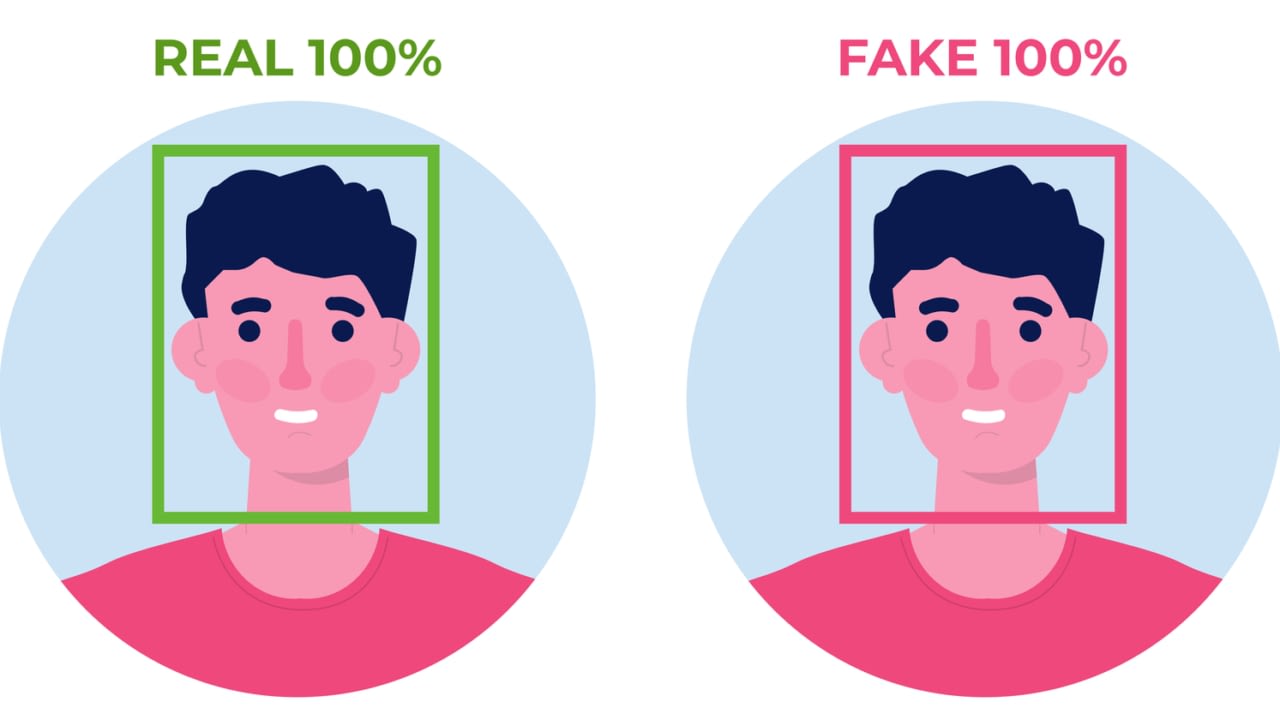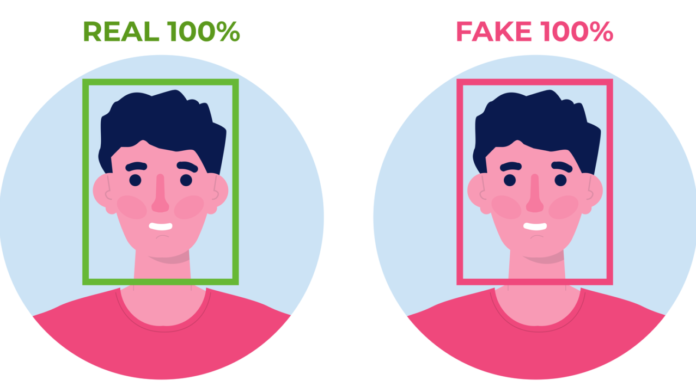Exploring the Realm of Deepfake Phishing
The concept of deepfakes revolves around the creation of artificial images, videos, or audio using deep learning technology, aptly named “deepfake.” Familiar instances of deepfake tech include tools like Photoshop or mobile applications capable of altering images, modifying backgrounds, changing ages, mimicking voices, inserting individuals into film scenes, or blending faces onto celebrity bodies.
Deepfake phishing emerges as a novel phishing technique, employing a blend of cunning social engineering tactics and advanced deepfake technology.
Table of Contents
Unveiling the Mechanics of Deepfake Phishing
Deepfake phishing aligns with the fundamental principles of social engineering attacks, aiming to befuddle or manipulate users, exploit their trust, and sidestep traditional security measures. Perpetrators can leverage deepfakes for phishing endeavors in various ways, such as:
Emails or Messages
Deepfakes intensify Business Email Compromise (BEC) attacks, enhancing their danger by allowing threat actors to personalize messages and enhance their credibility. For instance, culprits might fabricate fake LinkedIn profiles of CEOs to deceive employees.
Video Calls
By deploying a video deepfake during a Zoom call, attackers can engage victims and coerce them into divulging confidential information or carrying out unauthorized financial transactions. An illustrative example involves a scammer in China using face-swapping technology to dupe a victim into transferring $622,000.
Voice Messages
Cloning someone’s voice is remarkably simple nowadays, requiring just a three-second clip. Deepfake voice messages can be used for voicemails or live conversations, blurring the boundaries between reality and deception. Reports indicate that 37% of organizations faced deepfake voice fraud in 2022.

Why Organizations Should Worry About Deepfake Phishing
Rapid Growth
Deepfake technology’s increasing sophistication and accessibility through generative AI tools have led to a staggering 3,000% surge in deepfake phishing and fraud instances in 2023.
Precision Targeting
Deepfakes enable highly personalized attacks, exploiting specific individuals’ interests, hobbies, and social circles. This targeted approach exploits unique vulnerabilities within selected individuals and organizations.
Elusive Detection
AI can replicate writing styles, clone voices with near-perfect accuracy, and generate faces indistinguishable from human faces. Detecting deepfake phishing attacks becomes exceptionally challenging.
Mitigating Deepfake Phishing Risks: Best Practices
As deepfake phishing gains momentum, organizations can adopt these best practices to mitigate the associated risks:
Heighten Staff Awareness
Educate employees on the proliferation of synthetic content and instill skepticism regarding online personas. Trusting an identity solely based on online media becomes a risky proposition.
Train Recognition and Reporting
Empower employees to recognize and report deepfakes by honing their intuition. Identifying fake online identities, visual anomalies, and irregular requests is crucial. Organizations lacking in-house expertise can consider phishing simulation programs.
Deploy Robust Authentication
Implement phishing-resistant multi-factor authentication and zero-trust tools to minimize identity theft and lateral movement risks. Expect attackers to attempt circumventing authentication systems using clever deepfake-based social engineering.
In Conclusion
Deepfake phishing‘s success hinges on exploiting human trust and gullibility. Organizations must instill a culture of skepticism, encouraging employees to question online content. Regular social engineering awareness exercises can help build a defense mechanism that activates when something appears out of the ordinary—a reliance on human intuition is key to effectively combatting this pervasive threat.



